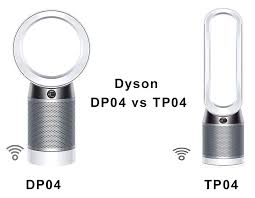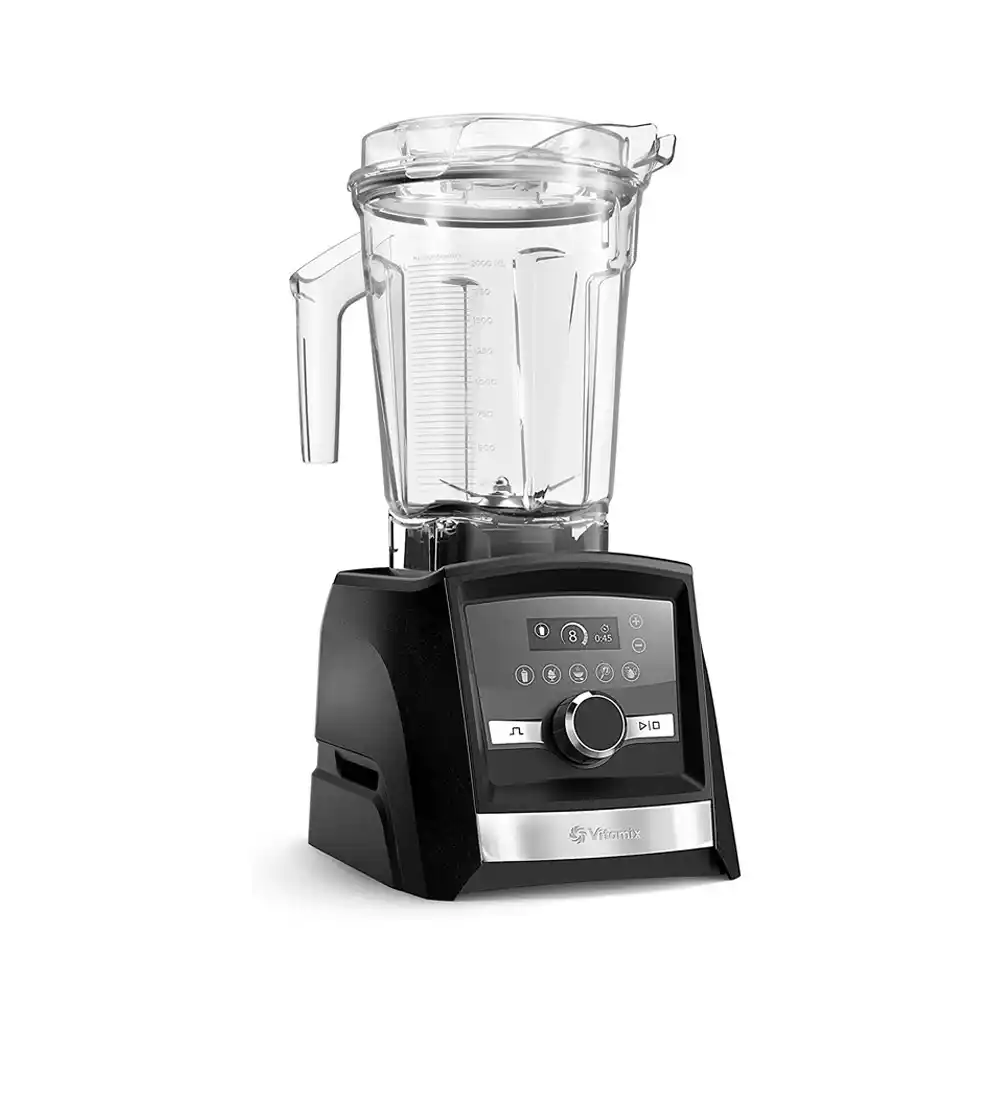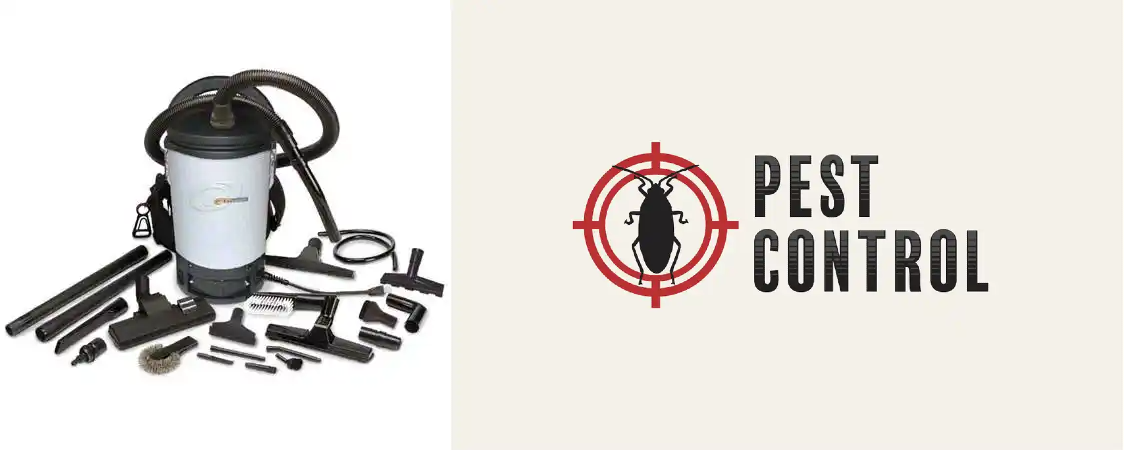Electrical safety is a vital aspect of our daily lives, as it ensures the protection of both our property and personal well-being. Understanding the potential risks and hazards associated with electrical devices and power sources is crucial for every homeowner.
In this article, we will delve into the topic of using power strips, extension cords, and surge protectors with vacuum cleaners, addressing the common question: can you plug a vacuum into a power strip?
Understanding power strips, extension cords, and surge protectors
Before we dive into the safety concerns, let us first understand the basic differences between power strips, extension cords, and surge protectors.
Power strips, also known as power bars or extension blocks, are devices that provide multiple outlets from a single power source. They allow you to plug in multiple devices simultaneously, making them convenient for use in areas with limited wall outlets.
On the other hand, extension cords are flexible cables with plugs on both ends. They are designed to extend the reach of an existing power source. Extension cords come in various lengths and are useful when you need to connect a device located far from an outlet.
Surge protectors, as the name suggests, are devices that protect your electronic equipment from power surges. They are equipped with built-in circuitry to absorb excess voltage and prevent it from damaging your devices. Surge protectors are often incorporated into power strips for added convenience.
Can you plug a vacuum into a power strip?
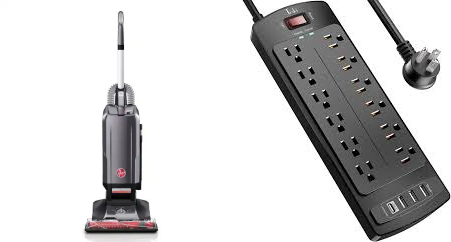
Now, let’s address the question at hand: can you plug a vacuum into a power strip? The answer is a resounding no. Vacuum cleaners, especially those with high power ratings, draw a significant amount of current.
Power strips are not designed to handle the heavy electrical load that vacuum cleaners require. Plugging a vacuum into a power strip can lead to overheating, melting of wires, and even electrical fires. It is essential to prioritize safety and avoid such risky practices.
The dangers of plugging a vacuum into a power strip
Plugging a vacuum into a power strip poses various dangers that should be avoided at all costs. Firstly, power strips are not equipped with the necessary components to handle the high wattage and current draw of vacuum cleaners. This can cause the power strip to overheat, increasing the risk of electrical fires.
Additionally, power strips have a maximum capacity, usually measured in amps. Plugging a vacuum into a power strip can exceed this capacity, leading to tripped circuit breakers and potential damage to the vacuum cleaner. Overloading a power strip not only compromises its functionality but also puts your entire electrical system at risk.
Lastly, the cords of vacuum cleaners are often thicker and more robust than those found on power strips. Plugging a vacuum into a power strip may cause the connection to become loose or unstable, resulting in intermittent power supply and potential damage to both the vacuum cleaner and the power strip.
Can you plug a vacuum into an extension cord?
Now that we have established that plugging a vacuum into a power strip is unsafe, you might wonder if using an extension cord is a viable alternative. However, it is generally not recommended to plug a vacuum into an extension cord.
The risks of using an extension cord with a vacuum
Extension cords are designed to provide temporary power connections and should not be used as a permanent solution. When used with high-power devices like vacuum cleaners, extension cords can overheat, melt, or even catch fire. The thin wiring in most extension cords is not built to withstand the heavy current draw of vacuum cleaners, making it a hazardous combination.
Moreover, long extension cords can pose a tripping hazard, especially when used in high-traffic areas. The constant foot traffic can damage the cord, exposing the wires and increasing the risk of electrical shock.
The importance of understanding gauge and capacity in extension cords
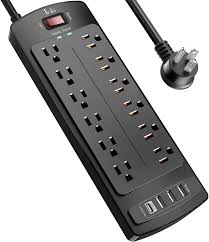
If you find yourself in a situation where using an extension cord with a vacuum cleaner is unavoidable, it is crucial to understand the concept of gauge and capacity. The gauge of an extension cord refers to the thickness of its wires. The lower the gauge number, the thicker the wires, and the higher the capacity to handle heavy loads.
When using an extension cord with a vacuum cleaner, ensure that the gauge is appropriate for the power rating of the vacuum. The packaging of the extension cord usually indicates the maximum wattage it can handle. Choosing an extension cord with a gauge suitable for your vacuum cleaner’s power requirements reduces the risk of overheating and electrical hazards.
Using surge protectors for electrical safety
While power strips are not recommended for use with vacuum cleaners, surge protectors offer a safer alternative. Surge protectors provide additional protection against power surges and can handle the higher current draw of vacuum cleaners more effectively.
When choosing a surge protector for your vacuum cleaner, look for one with a high joule rating. The joule rating indicates the surge protector’s ability to absorb excess voltage. Additionally, ensure that the surge protector is rated for the wattage of your vacuum cleaner to prevent overloading.
Best practices for using vacuums and power sources
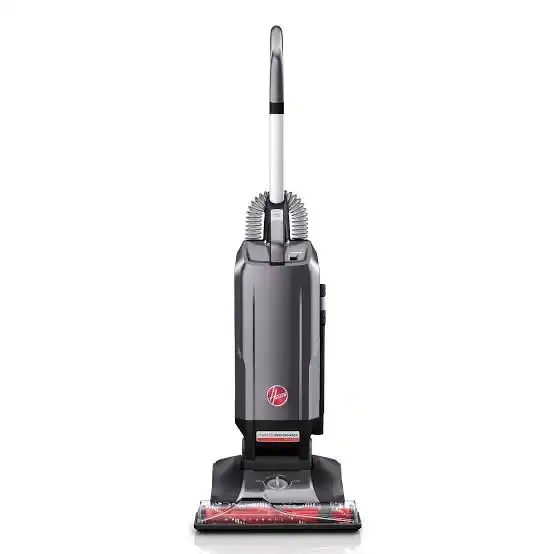
To ensure electrical safety when using vacuums, it is important to follow these best practices:
- Always plug your vacuum directly into a wall outlet, avoiding the use of power strips or extension cords.
- Use surge protectors when necessary, ensuring they are rated for the power requirements of your vacuum cleaner.
- Regularly inspect your vacuum’s power cord for any damage or fraying. Replace any worn-out cords immediately.
- Avoid running your vacuum over the power cord, as it can cause damage to both the cord and the vacuum cleaner.
- When not in use, unplug your vacuum and store it properly to prevent any accidents or damage.
Conclusion: Prioritizing safety in electrical usage
In conclusion, plugging a vacuum into a power strip or an extension cord is not recommended due to the associated safety risks. Power strips are not designed to handle the high wattage and current draw of vacuum cleaners, which can lead to overheating and electrical fires. Extension cords, on the other hand, are not built to withstand the heavy load of vacuum cleaners and can pose tripping hazards.
To prioritize safety in electrical usage, always plug your vacuum directly into a wall outlet. If necessary, use surge protectors that are rated for your vacuum’s power requirements. Understanding the gauge and capacity of extension cords can help mitigate risks if they need to be used temporarily

